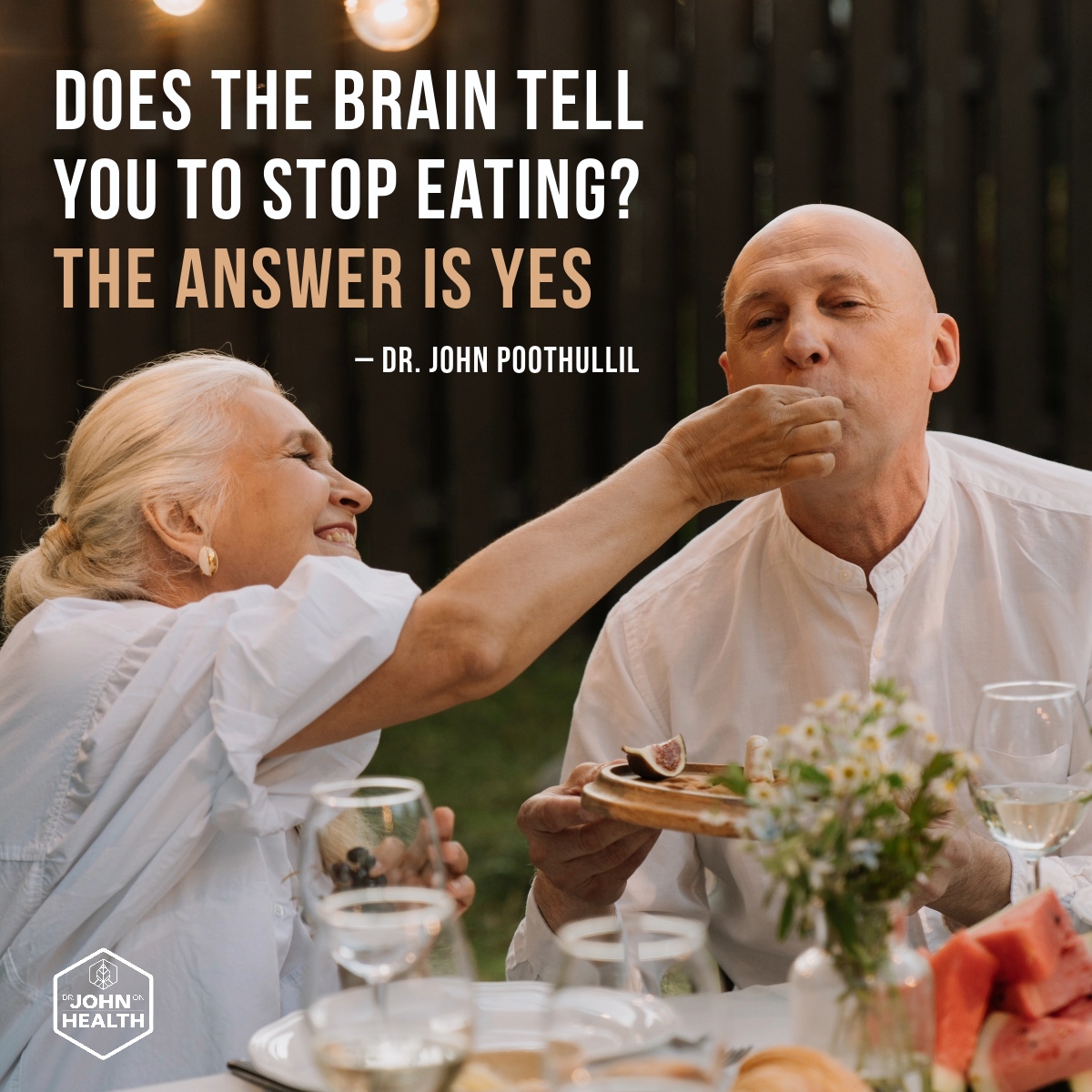There is no question that reducing body weight leads to lower blood sugar levels. This is a recognized fact in the traditional treatment of Type 2 diabetes, although endocrinologists cannot explain why. While they claim that being overweight triggers insulin resistance, they are unable to explain the reverse because they will not say that insulin resistance disappears if you lose weight.
As per my theory on the cause of Type 2 diabetes, the connection becomes clear. By losing weight, you empty your fat cells of fatty acids that are being utilized for cellular energy. Eventually, your muscle cells will begin functioning by burning glucose, lowering your blood sugar.
How much weight do you need to lose to begin lowering your blood sugar?
I believe that the body has a natural “zone” of balance in which it functions at optimum levels to keep your blood sugar at the right level while providing you with enough energy for your daily functions. I call this zone your “authentic weight.” If you are overweight or obese, getting back to your authentic weight and maintaining it requires you to moderate your food intake to the amount of calories that your body can use before the next meal.

How can you know this?
In my view, each of us truly has a sense of our authentic weight because our brain tells us what it should be. Let me ask you right now: “What is your authentic weight”? If you focus on answering the question, you can likely get a good sense of what you should weigh.
Paying attention to your authentic weight is your brain’s way of signaling that you are healthy or that you are exceeding the right weight for you. When you are in tune with your authentic weight, you immediately know it if you gain an extra kilo. You start to feel uncomfortable; you sense your gut is pulling on your muscles. You feel sluggish and tired.
You cannot rely on standardized tables of height and weight to know your authentic weight.
Standardized weight tables are based on the average weight of thousands of people and usually have a wide range of pounds in each category. How can you know whether you should be at the lower or the upper end of that range?

Nor can you count on your BMI (body mass index) to determine your weight. In June 2023, the American Medical Association suggested that BMI, commonly used to categorize a person as underweight, normal weight, overweight, or obese based on weight and height, does not directly assess the effects of body fat mass on medical conditions such as hypertension and cardiovascular diseases at the individual level.
The reason for this is that BMI does not take into account the impact of comorbidities, lifestyle issues, gender, ethnicity, familial conditions, and aging on health. Yet another reason is the influence of eating disorders on fat accumulation. This suggests the need to reevaluate the impact of obesity in other situations such as insulin resistance that leads to high blood sugar, high serum triglycerides and polycystic ovary syndrome (PCOS).
Your authentic body weight is a measure of the total mass of all components of your body, including bone, muscle, organs, blood, fat, and water. The role of each of these components of the body in contributing to one’s weight differs in every individual in the world. Two people—one tall and small-boned with lots of muscle and another short and big-boned with regular muscle—could weigh the same.
Only you can intuitively know your authentic weight based on what your brain assesses.
Your authentic weight can also change as you exercise and age because the contributions of each component of weight can change. If you begin working out and adding muscle, you might gain muscle weight but your brain knows you are still in your authentic range because it considers your extra muscle mass. When you age and lose muscle, but gain 10 pounds in body fat, your brain will sense that your authentic weight is now largely composed of fat even though you may weigh the same.

To avoid Type 2 diabetes, your goal must be to take back control of your body and reclaim your authentic weight. If you are unable to rediscover your authentic weight, you can consider the body weight you had when you were in your mid-20s as a close approximation of it, provided your blood sugar and triglyceride levels were within normal range at that time. That is the age at which you might have probably reached your full height and your bones reached their maximum density. Any weight gain after that age reflects in general the increase in pounds you have added due to storing fat and/or building muscle. (For most people, as they age, weight gain is due to storing fat!)
As a best-selling author and Nationally Syndicated Columnist, Dr. John Poothullil, advocates for patients struggling with the effects of adverse lifestyle conditions.
Dr. John’s books, available on Amazon, have educated and inspired readers to take charge of their health. There are many steps you can take to make changes in your health, but Dr. John also empowers us that we must demand certain changes in our healthcare system as well. This article is an excerpt taken from “Diabetes: The Real Cause and the Right Cure”, now available in a second edition.
Follow or contact Dr. John at drjohnonhealth.com.
John Poothullill practiced medicine as a pediatrician and allergist for more than 30 years, with 27 of those years in the state of Texas. He received his medical degree from the University of Kerala, India in 1968, after which he did two years of medical residency in Washington, DC and Phoenix, AZ and two years of fellowship, one in Milwaukee, Wisconsin and the other in Ontario, Canada. He began his practice in 1974 and retired in 2008. He holds certifications from the American Board of Pediatrics, The American Board of Allergy & Immunology, and the Canadian Board of Pediatrics.During his medical practice, John became interested in understanding the causes of and interconnections between hunger, satiation, and weight gain. His interest turned into a passion and a multi-decade personal study and research project that led him to read many medical journal articles, medical textbooks, and other scholarly works in biology, biochemistry, physiology, endocrinology, and cellular metabolic functions. This eventually guided Dr. Poothullil to investigate the theory of insulin resistance as it relates to diabetes. Recognizing that this theory was illogical, he spent a few years rethinking the biology behind high blood sugar and finally developed the fatty acid burn switch as the real cause of diabetes.Dr. Poothullil has written articles on hunger and satiation, weight loss, diabetes, and the senses of taste and smell. His articles have been published in medical journals such as Physiology and Behavior, Neuroscience and Biobehavioral Reviews, Journal of Women’s Health, Journal of Applied Research, Nutrition, and Nutritional Neuroscience. His work has been quoted in Woman’s Day, Fitness, Red Book and Woman’s World.Dr. Poothullil resides in Portland, OR and is available for phone and live interviews.
To learn more buy the books at: amazon.com/author/drjohnpoothullil
Visit drjohnonhealth.com to learn more. You can also contact him at john@drhohnonhealth.com.
Or follow us on:
Instagram: instagram.com/DrJohnOnHealth
Facebook: facebook.com/JohnOnHealth /
Twitter: twitter.com/DrJohnonHealth
Youtube : @DrJohnPoothullil









Be First to Comment